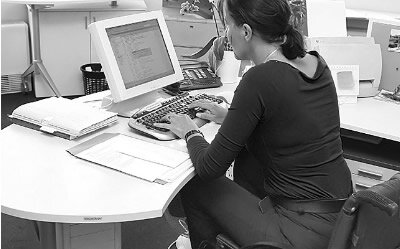Identifying students or learners with special needs
In most cases, child is defined as a student with special needs according to his or her medical history. For example, such people usually have brain damage, intellectual disability caused by genetic condition, some form of developmental disorder, as well as visual, hearing or other disabilities.
Alternatively, if the disability is not so visible, 2 other methods can be used: the discrepancy model and the response to intervention model.
The discrepancy model is based on the discrepancy between IQ and academic achievement. It means that if students with normal intelligence have low achievement, they are identified as students with special needs and receive education services for a specific learning difficulty. However, despite its common usage, this model is considered to have serious drawbacks. Defining the difference between achievement and IQ doesn't always help choose an effective treatment for the student, because children with low academic achievement and low IQ can receive the same treatment as children with low achievement and normal or even high IQ.
Another model is the response to intervention. According to this model, children who have difficulties even during the first and second years of studying should receive extra treatment. Children's response to this form of intervention defines whether they have any learning disabilities or not. This method is very effective and in many cases it helps prevent aggravation of learning disabilities. Nevertheless, sometimes educators keep focusing on child's weaknesses, although they should help develop strengths and talents of this child.
Individual needs
Special education programs are customized programs based on individual needs of each student. Different needs define different degrees and kinds of support.
Individualized education program for children younger than 3 years (Individual Family Service Plan) includes detailed information on the present level of the child development, the outcomes and a list of services that the family and their child will receive to achieve the desired outcomes.
Depending on student's needs, educators create an individualized program which may include certain curriculum changes, additional equipment or aides, as well as specialized physical adaptations. All these changes are provided in order to involve students with special needs in educational environment as much as possible. For instance, if the student is not able to write by hand, he or she can be either provided with a computer for typing or be allowed to give only verbal answers during the lesson.
